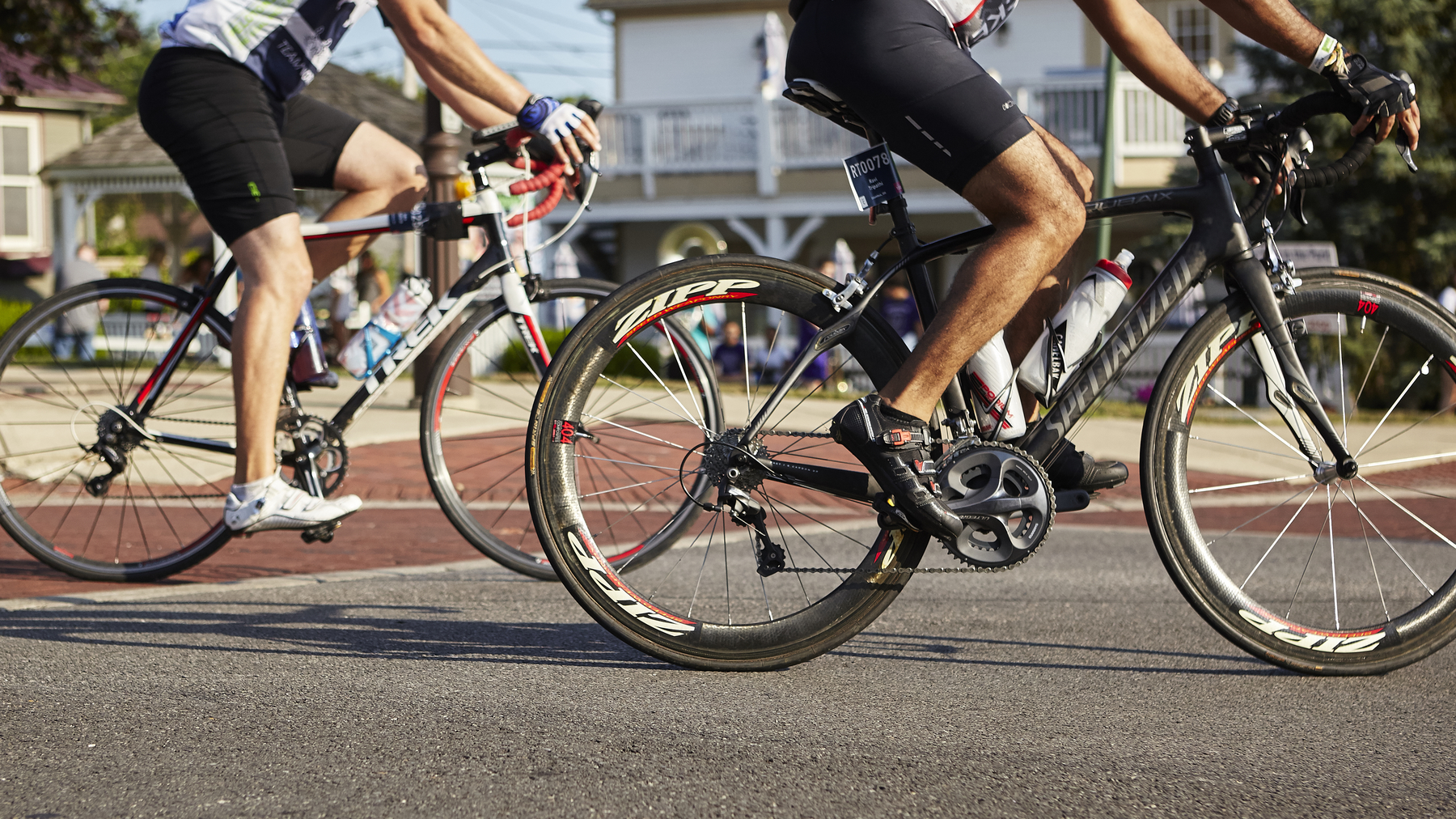With intense exercise, be aware of this dangerous condition

You might already know that you’re more likely to injure yourself during a workout if your body hasn’t been properly conditioned first.
What’s less well-known is that you could also be at risk for developing a serious condition that can lead to kidney failure and heart problems.
Rhabdomyolysis is a condition in which skeletal muscle breaks down and leaks into the bloodstream. It can happen to a weekend warrior or even a serious athlete – what it takes to develop “rhabdo,” as it’s often called, is a high-intensity workout that uses muscles not ready for that activity.
At The Ohio State University Wexner Medical Center, we see rhabdo most commonly associated with endurance sports, such as cycling or running. I’ve seen an increase in cases among CrossFit athletes who have taken on new, aggressive workouts before their bodies are prepared.
What to look out for
Those who develop rhabdo feel muscle soreness and muscle fatigue, sometimes feeling extreme pain and tightness in those muscles. The third classic symptom is dark, brownish urine.
It may look like bloody urine, but it’s not blood – it’s the result of muscle fibers dying and releasing their contents into the bloodstream.
Worrisome complications that can arise with rhabdo include renal (kidney) failure, a blood-clotting disorder called disseminated intravascular coagulation, and electrolyte problems that can lead to heart conditions, including arrhythmias and heart attacks.
A little muscle soreness after exertion isn’t unreasonable. But if you’ve tried a new, intense activity and that soreness becomes intense pain that you can’t push through, that’s a warning sign, and you should consider going to the emergency room.
Treatment
If blood tests confirm that you’ve developed rhabdo, physicians will get to work replacing fluids in your body. In moderate to severe cases of rhabdo, this requires admission to the hospital and IV fluid rehydration.
How to avoid ‘rhabdo’
Be aware of underlying conditions that could increase your rhabdo risk, such as sickle cell trait or metabolic disorders. Talk with your doctor about whether any of your medications are among those that increase your risk.
It’s important to be hydrated – enough that your urine is clear – and to be in that well-hydrated state before beginning an activity. Whether you’re drinking water or sports drinks, it’s important to drink enough of it during your workout to continue to have clear urine.
If you’re working with a personal trainer, remember that you don’t have to give up all control to the trainer. You know your body best, and you need to be your best advocate – if you feel that an activity is too intense or is starting to hurt, it’s OK to say no.
Mostly, though, be aware of what your body is telling you when you’re trying a new, higher-risk activity. If you’re used to running 5Ks and now you’re ramping up to a marathon, listen for warning signs when determining the length and intensity of a run.
You can make gains in the long-term and not just in the short-term. Our goal for you at the Ohio State Wexner Medical Center is long-term, healthy fitness.

